Rising Awareness of Animal Health
There is a growing awareness regarding animal health and welfare, which is significantly impacting the Bovine Tuberculosis Diagnosis Market. Stakeholders, including farmers, veterinarians, and consumers, are increasingly recognizing the importance of early detection and management of bovine tuberculosis. This heightened awareness is likely to lead to increased demand for diagnostic testing, as stakeholders seek to ensure the health of their livestock and the safety of food products. Market data indicates that regions with higher awareness levels are witnessing a notable increase in the adoption of diagnostic tools and services. Consequently, this trend is expected to drive the growth of the Bovine Tuberculosis Diagnosis Market, as more resources are allocated towards effective disease management and prevention strategies.
Regulatory Framework and Compliance
The regulatory landscape surrounding bovine tuberculosis testing plays a crucial role in shaping the Bovine Tuberculosis Diagnosis Market. Governments and health organizations are increasingly implementing stringent regulations to ensure the safety and health of livestock populations. Compliance with these regulations often necessitates the adoption of advanced diagnostic methods, which can drive market growth. For instance, countries with high incidences of bovine tuberculosis may mandate regular testing, thereby creating a steady demand for diagnostic services and products. The market is likely to see an increase in investments aimed at meeting these regulatory requirements, which could further stimulate innovation and development within the industry. As such, the regulatory framework not only influences testing practices but also serves as a catalyst for growth in the Bovine Tuberculosis Diagnosis Market.
Economic Impact of Bovine Tuberculosis
The economic implications of bovine tuberculosis are profound, influencing the Bovine Tuberculosis Diagnosis Market significantly. The disease can lead to substantial financial losses for farmers due to decreased milk production, increased veterinary costs, and potential trade restrictions. As such, there is a pressing need for effective diagnostic solutions to mitigate these economic impacts. The market is likely to benefit from increased investments in diagnostic technologies that can help in early detection and management of the disease. Furthermore, the potential for economic recovery through improved herd health and productivity may encourage stakeholders to prioritize diagnostic testing. This economic perspective underscores the importance of the Bovine Tuberculosis Diagnosis Market in supporting the overall sustainability of livestock farming.
Emerging Markets and Veterinary Services
Emerging markets are becoming increasingly important in the Bovine Tuberculosis Diagnosis Market. As economies develop, there is a corresponding rise in the demand for veterinary services, including diagnostic testing for bovine tuberculosis. These markets often face unique challenges, such as limited access to advanced diagnostic technologies and a lack of awareness regarding the disease. However, as investments in veterinary infrastructure grow, the potential for market expansion becomes evident. The introduction of cost-effective diagnostic solutions tailored to these regions could facilitate greater access to testing services. This trend suggests that emerging markets may play a pivotal role in shaping the future of the Bovine Tuberculosis Diagnosis Market, as they seek to enhance animal health and productivity.
Technological Innovations in Bovine Tuberculosis Diagnosis
The Bovine Tuberculosis Diagnosis Market is experiencing a surge in technological innovations that enhance diagnostic accuracy and efficiency. Advanced molecular techniques, such as PCR and next-generation sequencing, are being integrated into routine testing protocols. These innovations not only improve the speed of diagnosis but also reduce the likelihood of false positives and negatives. The market for these advanced diagnostic tools is projected to grow significantly, with estimates suggesting a compound annual growth rate of over 8% in the coming years. Furthermore, the adoption of portable diagnostic devices is likely to facilitate on-site testing, thereby increasing accessibility for veterinarians and farmers alike. This trend towards technological advancement is expected to reshape the landscape of the Bovine Tuberculosis Diagnosis Market, making it more responsive to the needs of livestock health management.


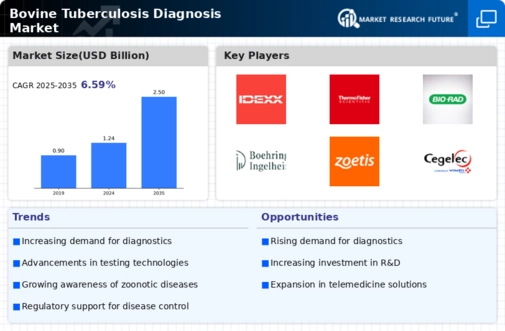
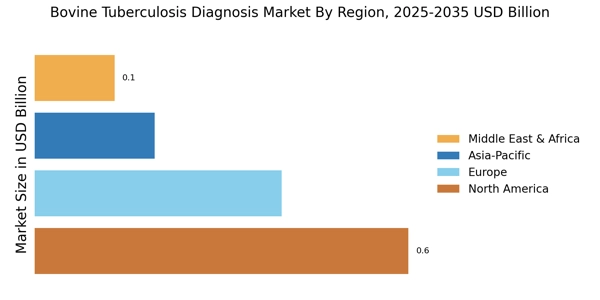

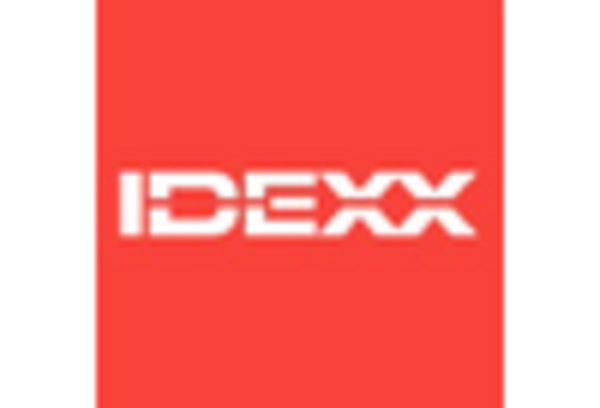
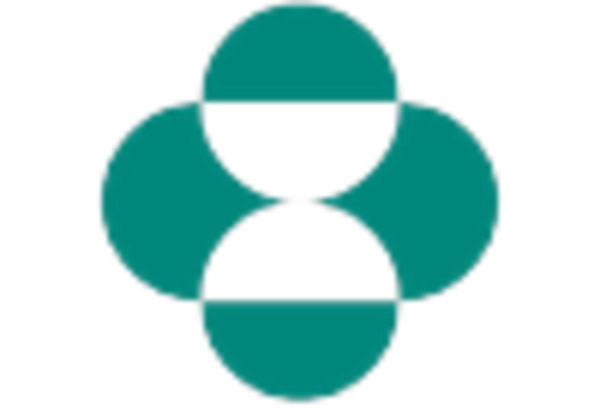
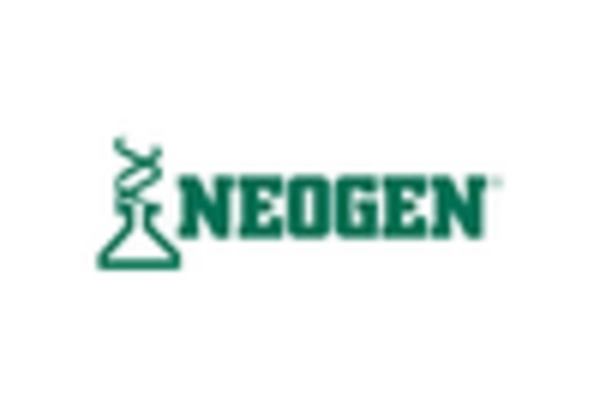
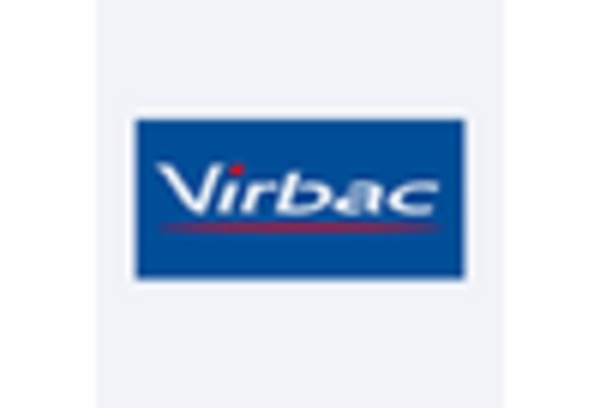
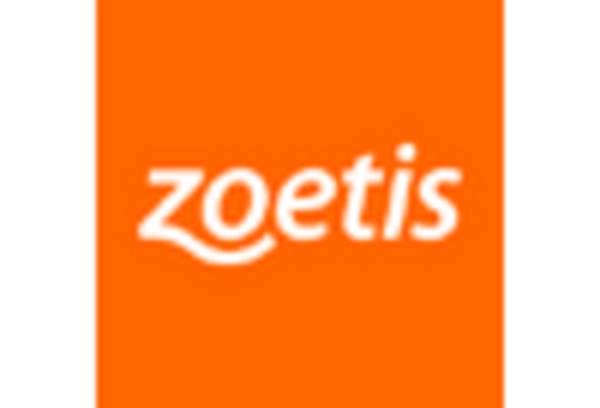








Leave a Comment